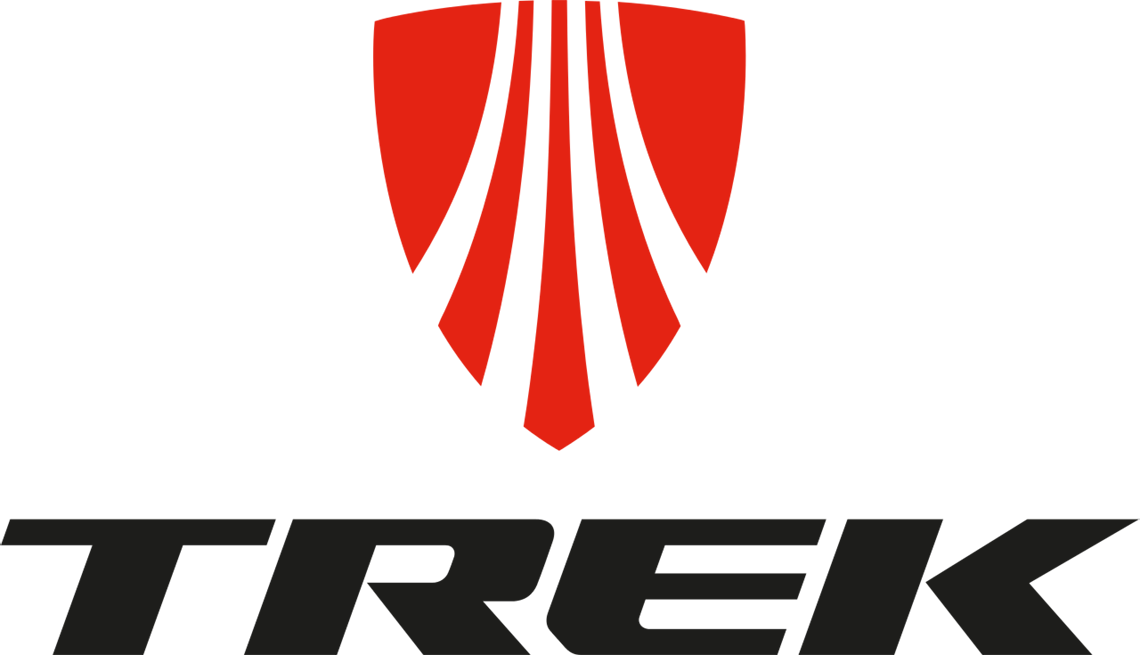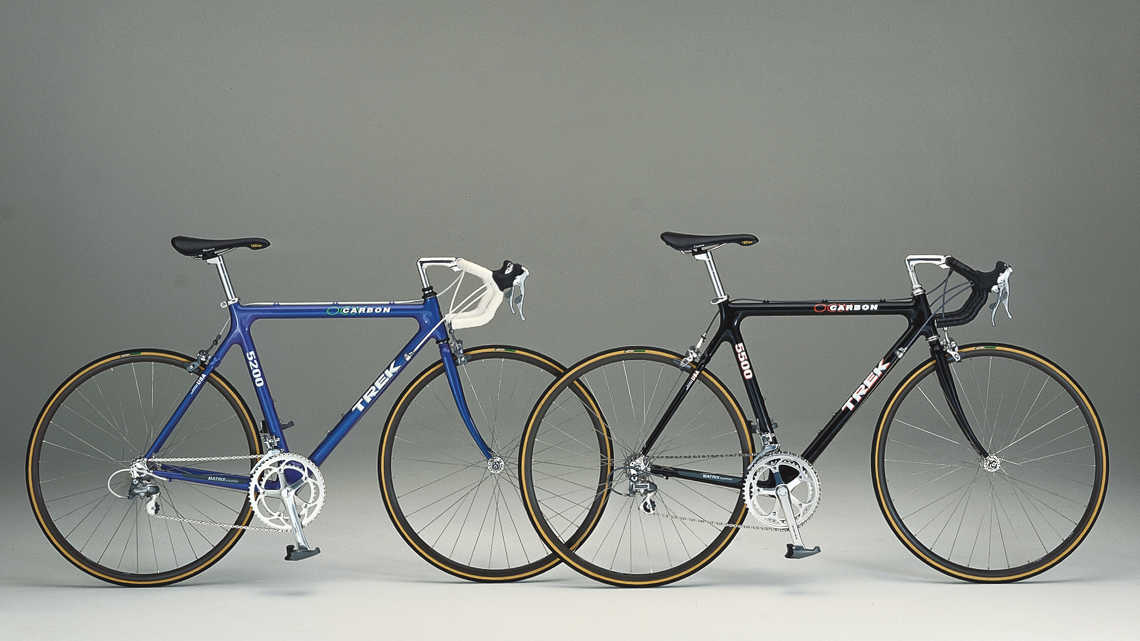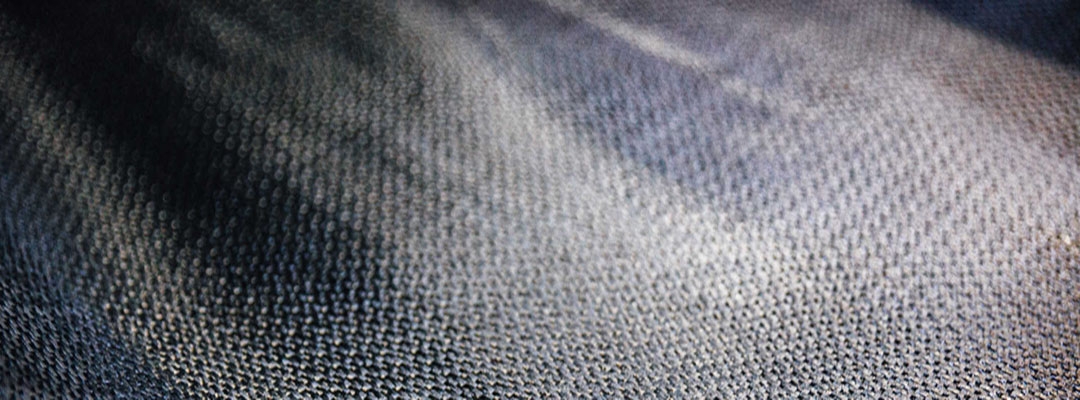OCLV Carbon
Trek's strongest, lightest carbon yet
OCLV Carbon is Trek’s patented carbon fiber process, the result of more than 25 years of experience building the world’s finest carbon fiber bicycles in Waterloo, Wisconsin, USA. Experience matters, especially when working with a material that holds seemingly endless possibilities but presents such unique challenges as carbon fiber. To understand the best technology, you have to build it, and Trek has been doing just that since 1991.
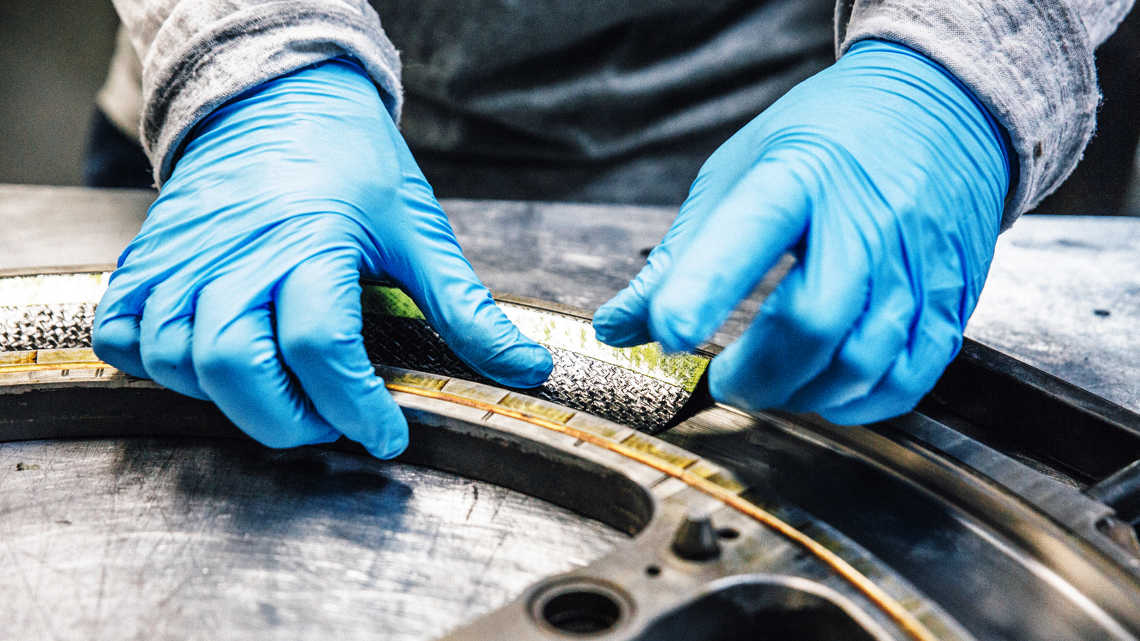
Why OCLV Carbon?
A well-built carbon frame dramatically reduces weight compared to metallic materials, while maintaining the strength and stiffness that high performance bicycles and their riders demand. This is where Trek’s pioneered and patented OCLV Carbon—an acronym for Optimum Compaction Low Void—process comes in. OCLV Carbon frames begin with the best material available. Utilizing defense-grade carbon restricted from exportation outside the United States, Trek has spent countless development hours perfecting the construction of a variety of weights and types of carbon (cloth, unidirectional, etc.). The OCLV process is best explained when broken down into two parts:
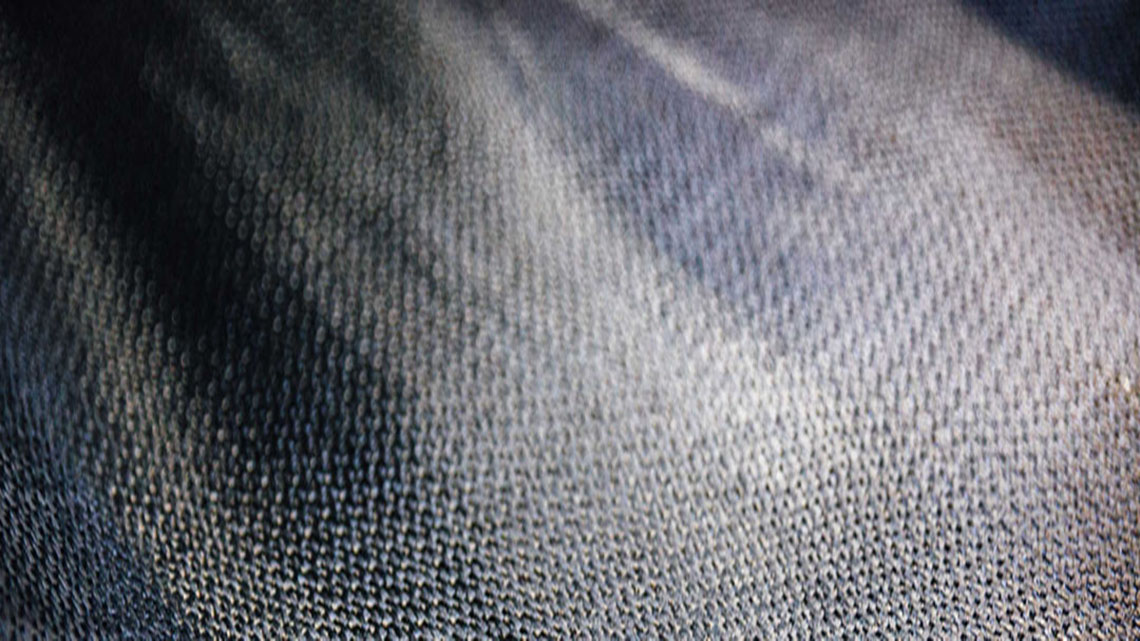
The OCLV Process
Optimum Compaction: Carbon is layered into a series of plies compacted to the ideal fiber-resin ratio. The process starts with cutting carbon fiber from large sheets to a specific shape which is then placed into a mold. A combination of heat and pressure then compresses the sheets of carbon into a carbon lug. This combination of heat and pressure is OCLV’s most essential and closely guarded equation.
Low Void: Voids are the spaces that exist between the layers of carbon fiber that comprise a component or frame. Minimizing these voids is the primary goal of quality carbon engineering, as more voids translates to reduced strength and durability of the composite material. OCLV Carbon exceeds aerospace standards regarding the number of voids in its material.
Low Void: Voids are the spaces that exist between the layers of carbon fiber that comprise a component or frame. Minimizing these voids is the primary goal of quality carbon engineering, as more voids translates to reduced strength and durability of the composite material. OCLV Carbon exceeds aerospace standards regarding the number of voids in its material.
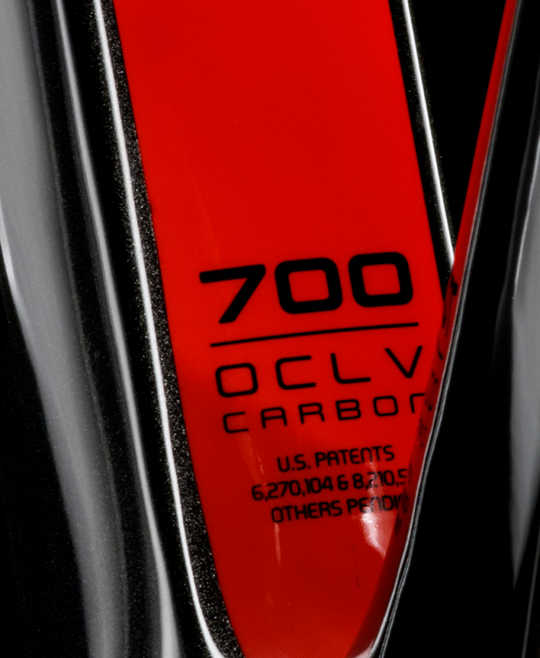
Shapes matter
In addition to sizeable reductions in weight, the largest advantage of carbon fiber frames over another material are the limitless shapes that the material can be molded into. Different shapes exhibit different strength, stiffness, and aerodynamic properties.
Trek utilizes Finite Element Analysis, a comprehensive software simulation toolkit, to tell Trek exactly how different shapes will respond to different riders and riding surfaces. Trek utilizes proven theories of fluid mechanics through Computational Fluid Dynamics in order to explore the aerodynamic properties of various designs. Trek bikes are conceived with computer-generated designs, fluid-dynamically assessed and finite analyzed, and the resulting shapes appear seamlessly machine-made. At the end of the day, these complex scientific investigations are applied in a hands-on, ground-up process that combines multiple molds with a variety of carbon materials to result in a magnificently engineered and largely hand-built product.
Trek utilizes Finite Element Analysis, a comprehensive software simulation toolkit, to tell Trek exactly how different shapes will respond to different riders and riding surfaces. Trek utilizes proven theories of fluid mechanics through Computational Fluid Dynamics in order to explore the aerodynamic properties of various designs. Trek bikes are conceived with computer-generated designs, fluid-dynamically assessed and finite analyzed, and the resulting shapes appear seamlessly machine-made. At the end of the day, these complex scientific investigations are applied in a hands-on, ground-up process that combines multiple molds with a variety of carbon materials to result in a magnificently engineered and largely hand-built product.
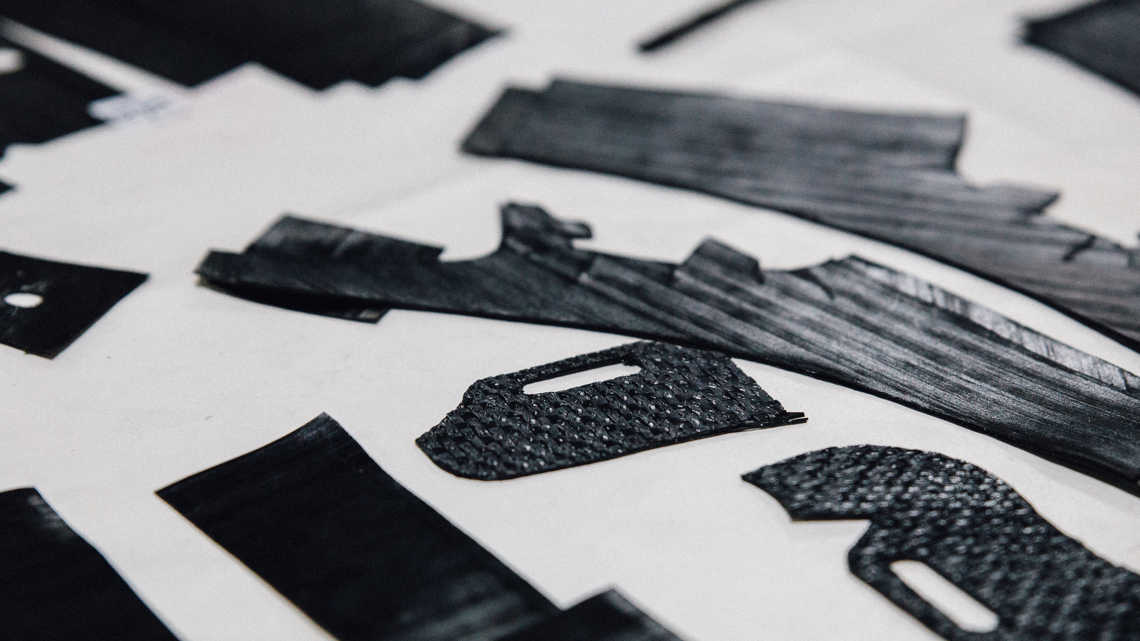
OCLV Mountain
Mountain biking is about pushing the limit of where your bike can take you. Riding on every conceivable surface in hostile conditions takes a toll on any material. To develop OCLV Mountain, Trek’s engineers developed a methodology borrowed from the aerospace industry to ensure its frames were up to the challenge: Retained Strength. The philosophy is simple and based around the single question of how durable a frame remains following impact. By employing different composite materials in unique layups specifically in typical high damage areas, Trek’s engineers have created frames that now retain their ability to bear load after an impact surpassing even their aluminum counterparts.
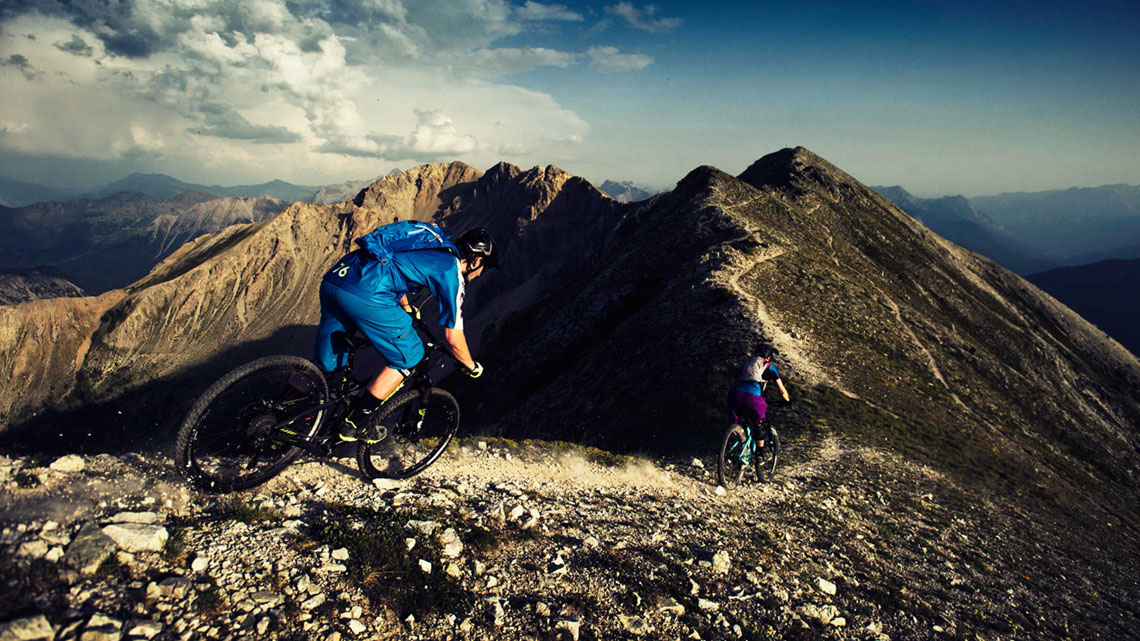
Carbon armor
Taking durability to another level, Trek’s development team created Carbon Armor, a highly refined elastomeric designed to slow down and spread the distribution of a sharp impact to the frame.
Carbon Armor essentially decreases the immediate impact of a rough hit the frame feels, leaving you feeling more confident than ever to go after that next drop.
Carbon Armor essentially decreases the immediate impact of a rough hit the frame feels, leaving you feeling more confident than ever to go after that next drop.
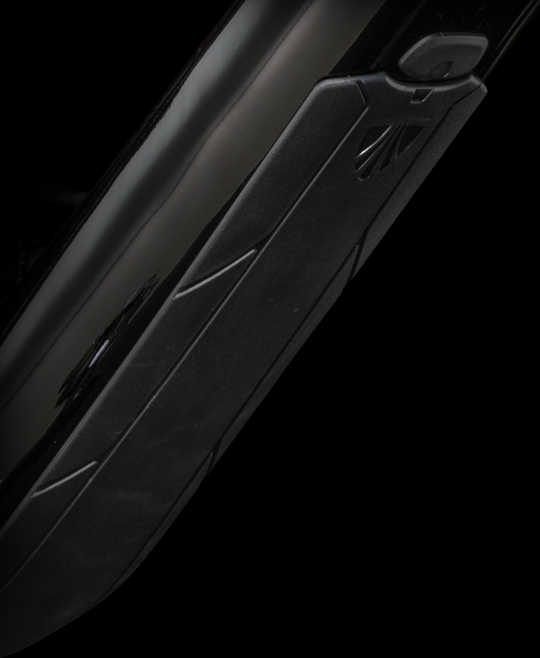
Built to last
rek builds bikes to last and Trek stands behind every one that bears its name.
Just as the first Trek hand-welded over forty years ago in a red barn, Trek's first full carbon frame is still under warranty. All OCLV Carbon bicycles come with a limited lifetime warranty, because Trek believes that more people riding bikes is in everybody’s best interest.
Just as the first Trek hand-welded over forty years ago in a red barn, Trek's first full carbon frame is still under warranty. All OCLV Carbon bicycles come with a limited lifetime warranty, because Trek believes that more people riding bikes is in everybody’s best interest.
